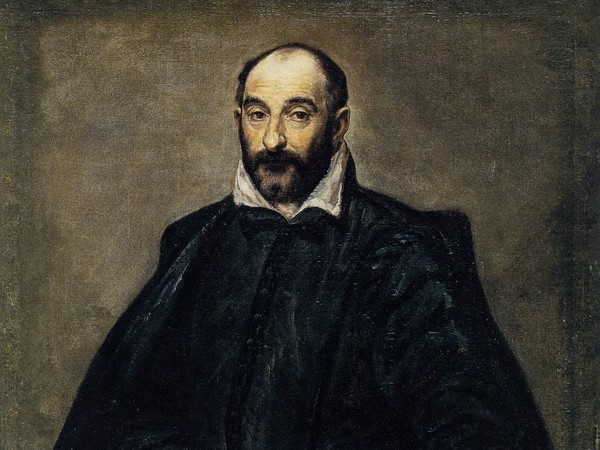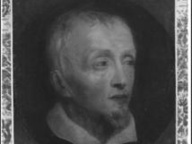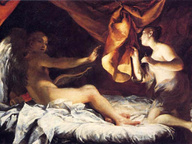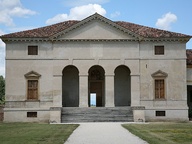Andrea di Pietro della Gondola (Palladio)
Padova 30/11/1508 - Vicenza 19/08/1580

The son of a miller, he moved to Vicenza with his family in 1523, where he worked as a stone engraver. It was there in 1537 that he met the scholar Giangiorgio Trissino, who gave him the epithet Palladio, and he accompanied him to Rome several times so that he could study the classical monuments and the great masters of the Renaissance. In 1549, the commission of the Palladian Basilica in Vicenza, his first great public work, confirmed his success and his status as a privileged architect of the Veneto aristocracy, who entrusted him with the building of villas and palaces. Palladio created buildings of universal renown, such as the Villa Barbaro at Maser or Palazzo Valmarana in Vicenza, and he experimented with solutions and innovations which he would later outline in detail in “The Four Books of Architecture” (1570). His success stretched to Venice where he became the Republic’s official architect in 1570, designing some of the city’s most celebrated churches, including the Redentore and San Giorgio Maggiore.
Works of art
-
Via della Rotonda 45
-
Via Giacomo Zanella 3
-
Via Venezia 4
-
Via Palladio 44
-
Via Risaie 1
-
Via Castello 43
-
Via Finale 8
-
Chiesa di Santa Corona
-
Corso Palladio
-
Piazza dei Signori
-
Piazza dei Signori
-
Via Eretenio 12
-
Contra' Porti
-
Contra' Porti
-
Corso Palladio
-
Corso Palladio
-
Contra' Porti
-
Corso Palladio
-
Corso Fogazzaro
-
Corso Palladio


























